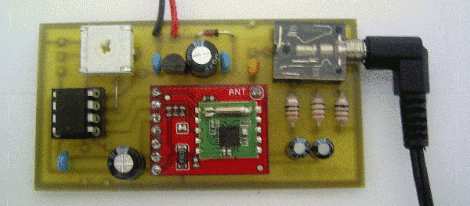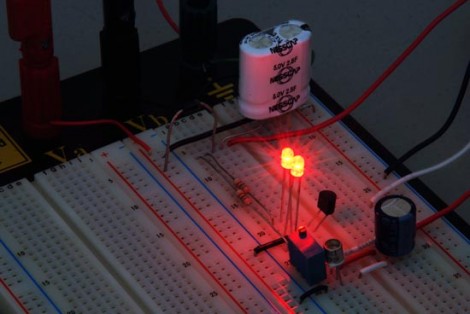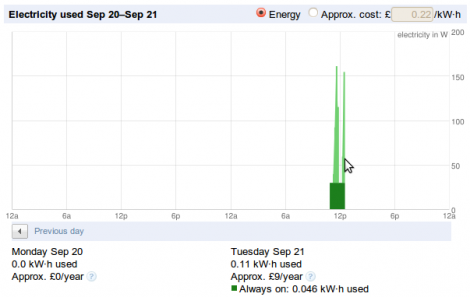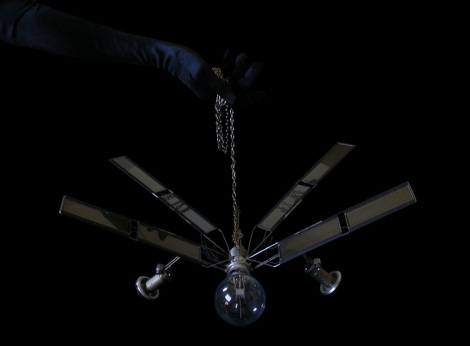[gpsKlaus] built this little FM radio (translated) based on the AR1010 IC. That chip is controlled via I2C by an ATtiny45 microcontroller. His tuning implementation relies on presetting 16 stations in the firmware and selecting them with the white potentiometer.
The FM chip came on a breakout board from SparkFun. Not bad at around $15 as it includes the crystal, some caps and a few resistors, and you don’t have to try and solder to the fine pitched pads on that minuscule package. We’re a little unsure of the features included in the part as the datasheet is lacking in detail and the reference datasheet that SparkFun includes in the description is obviously for a much more full-featured chip. Still, this would be a fun thing to play around with if you’ve grown tired of blinking LEDs.
If you don’t want to let an integrated circuit do all the heavy lifting try this post for a guide on building your own radio tuner.

















